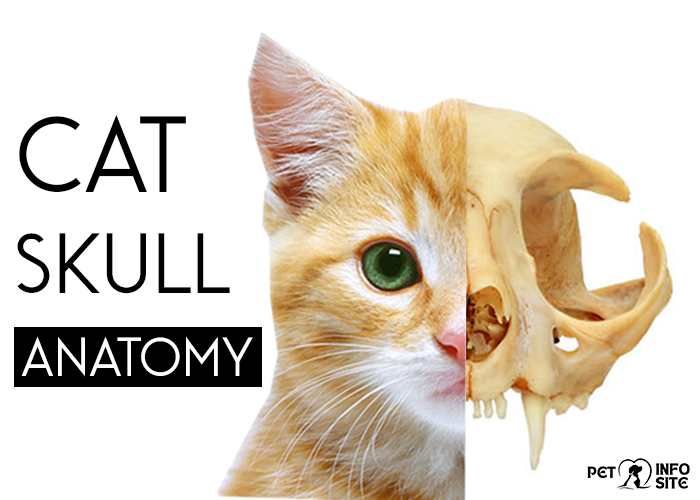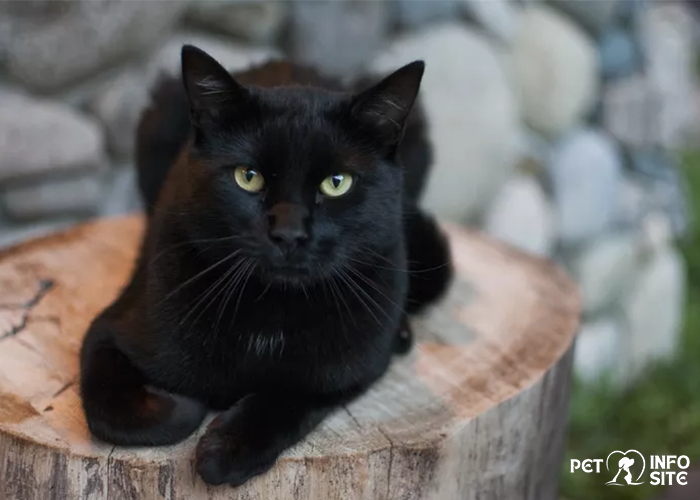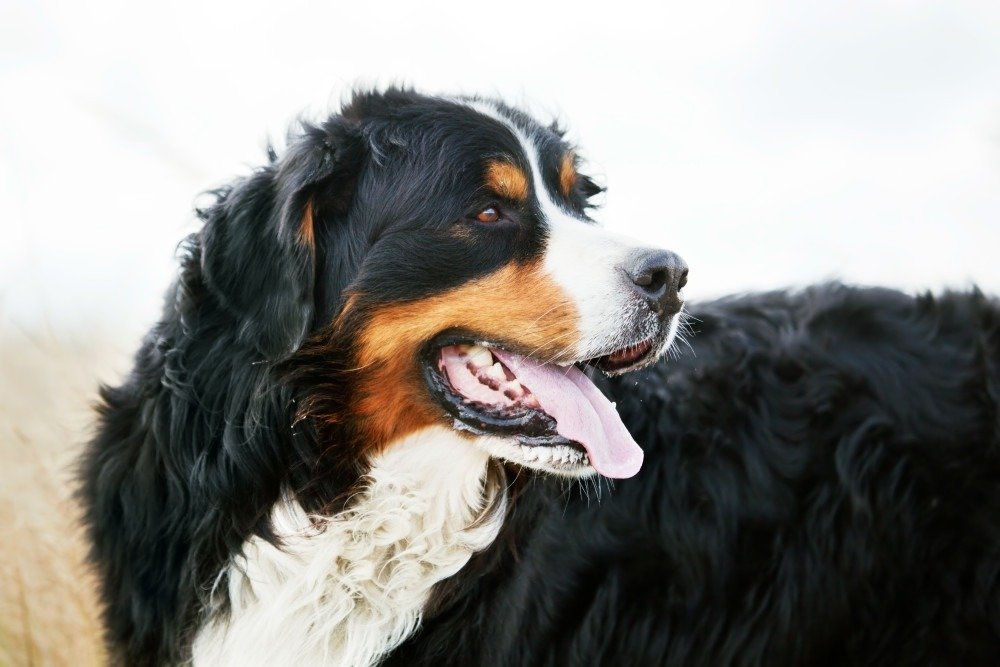Cat Skull: Overview
Cats have been a mystery to us since the beginning of time. Their secretive nature and undisputed beauty have always attracted our attention. However, beneath the skin’s striking beauty lies an amazing world of anatomy, with the cat skull representing the key focus of scientists, researchers, and enthusiasts.
Evolutionary Significance
Through studying cat evolution over millions of years, it becomes clear that their skulls have undergone considerable adaptation to their changing environment and prey. These adaptations, from apes to modern day house cats, speak of these creatures’ stories of survival and adaptation in the ever changing environments.
Structural Features of Cat Skull
The cat skull represents the craftsmanship of nature, meticulously created to meet the challenges of hunting and survival. The very features that these ultimate predators are known for are their highly organized pattern of eyes and longer, sharp teeth.
Dental Characteristics
The anatomical features of cat skulls, specifically designed teeth, prove specialized for grabbing and eating prey. One can see the unique, sharp incisors and the mighty molars that help to make up the food intake structure of a cat.
Unique Features Of The Cat Skull
Dental Formula:
Cats have an advanced dental formula; featuring pointed, sharp teeth for dispatching prey and tearing flesh. Their dental formulas usually consist of 30 teeth of incisors, canines, premolars and molars.
Carnassial Teeth:
Among many unique features of the cat skull, the main ones are the carnassial teeth which are the rear molars that work like scissors. They are evolved to cut through the thick flesh of the prey and such kinds of teeth are mandatory for cats as their primary diet is carnivorous.
Large Eye Sockets:
Cats are famous for their excellent vision and they have huge eye sockets to hold their fairly large eyes which are way bigger than their skulls. The adoption of technology enhances vision, especially in low light levels, improving hunting and navigation.
Reduced Facial Muscles:
Unlike many other mammals, namely dogs, cats have no muscles covered by the skull therefore their facial expressions are limited. This feature shapes their faces in a more oval-like form and, in turn, gives them the ability to move and perceive their surroundings more efficiently as well as show their emotions through facial expressions.
Movable Jaw:
The cat’s jaw possesses a high degree of flexibility and can open wide enough to prove impressive, allowing the cat to grab and eat large prey. This results from specially adapted jaw muscles and ligaments, aiding the cat in having a strong bite force.
Braincase Size:
A cat’s large braincase overwhelms its tiny body, surpassing those of similarly small mammals. It is no secret that they have mental capabilities that are more advanced and have complex behaviors like problem-solving, communication, and social interaction.
Auditory Bullae:
Cats have big bullae, which are bones that are curving around the middle and inner ear. These bullae enable the cat to receive and transmit sound vibrations, forming part of the cat’s exquisite hearing, which is vital for predation and interaction with mates.
Nasal Conchae:
The nasal cavity of the cat skull is lined with small bony ridges known as nasal conchae, which have the effect of slowing down the airflow and increasing the humidity as the cat breathes. These conchae have an essential part in smelling and body temperature regulation that is needed for survival in nature.
Variations Among Cat Breeds
Among cat owners, it is common knowledge that each breed has its unique skull shape and size. However, it’s believed that all cats share a common ancestry. Not only do breeds like the Siamese cat boast beautiful outlines or the Maine Coon exhibit robust construction, but all breeds possess their cranial qualities.
Cultural and Symbolic Representations of Cat Skull
Cats have left their paw prints in the cultural fabric of human life for ages – cats’ skulls have become a metaphor for the unknown, the wise and sometimes even vicious. Cat skulls have been there in every stage of human civilization starting from the times when ancient Egyptians used them to decorate their tombs to modern days when celebrating Halloween.
Scientific Research and Studies
The cat skulls hold cultural significance and offer scientists valuable insights into feline anatomy and behavior. By studying them, scientists delve into various aspects, from bite force to cranial appearance, to unravel the mysteries surrounding these intriguing creatures.
Conservation and Preservation Efforts
Along that process, the amount of habitats becomes smaller and the number of populations drops. Therefore, the preservation of feline skulls is necessary for conservation activities. By investigating the skeletal remains of wild and domestic cats, scientists can gain a deeper knowledge of the threats that these majestic animals are facing and conduct rescue operations accordingly.
The Future of Cat Skull Studies
With the advancement of technology and as feline biology becomes more and more complicated, cat skulls have a lot to offer in the future. The use of 3-D imaging techniques and genetic analysis tools by researchers not only allows for the discovery of new facts about these mysterious animals but also helps in the realization of their existence in nature.
Unveiling the Mysteries of Cat Skull
Finally, cat skulls are the gates to the past, present, and future of these admired creatures, revealing their evolutionary past, cultural importance, and scientific significance. Through investigating the feline anatomy which is so intricate and also the adaptations which are so different, we gather a higher level of understanding and appreciation for the form of a cat. Check out Pet Info Site for a comprehensive guide on all things related to cats, from care tips to behavior insights.
FAQs
The cat skulls serve as invaluable resources, offering insights into feline biology, behavior, and evolutionary history. Consequently, they hold great interest for researchers in the fields of zoology, paleontology, and veterinary medicine, providing a wealth of information for further study and analysis.
No, there are variations in the shape and size of the skull due to the genetic composition and the breeding method of different cat breeds.
Throughout history, people have attributed both positive and negative symbols to cat skulls, with variations in these meanings emerging among different cultures and customs.
Scientists use various conservation methods, including cleaning, degreasing, and resin molding, to preserve and study cat skulls for the long term.







